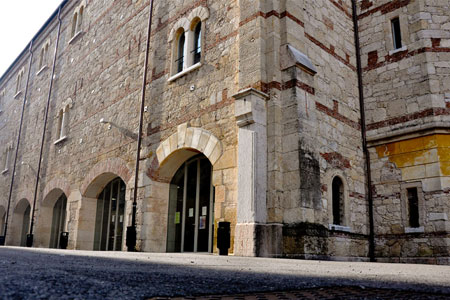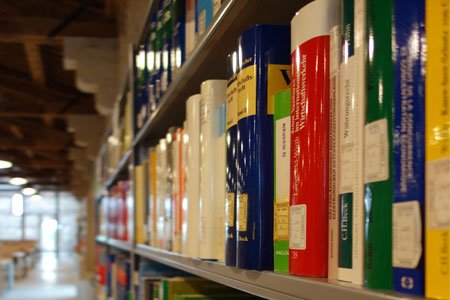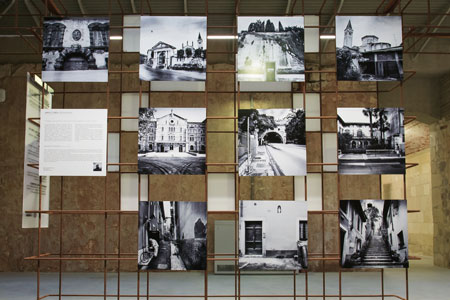Relatore:
Mirco Tonin
- University of Southampton
lunedì 11 aprile 2011
alle ore
12.30
Biblioteca DSE, Palazzina 32 ex caserma Passalacqua
This paper presents results from a modified dictator experiment aimed at distinguishing and
quantifying the two intrinsic motivations for giving: warm glow and pure altruism. In particular,
we implemented a within-subject experimental design with three treatments: (i) one, T1,
where the recipient is the experimenters, which measures altruistic feelings towards the
experimenters, (ii) the Crumpler and Grossman (2008) design, T2, in which the recipient is a
charity, and the dictator’s donation crowds out one-for-one a donation by the experimenters,
which aims at measuring warm glow giving, (iii) a third one, T3, with a charity recipient and
no crowding out, which elicits both types of altruism. We use T1 to assess to what extent
altruistic feelings towards the experimenters are a potential confound for measuring warm
glow in T2. We find giving in T1 not to be significantly different from T2, suggesting that the
Crumpler and Grossman design provides an upper bound estimate of warm glow giving. We
provide a lower bound estimate based on the behavior of subjects whose warm glow giving in
T2 is not confounded, that is, those who do not display altruistic feelings towards the
experimenters in T1. We use these two estimates to quantify the portion of giving in T3 due
to pure altruism and find it to be between 20% and 26% of endowment. We also propose a
new method of detecting warm glow motivation based on the idea that in a random-lottery
incentive (RLI) scheme, such as the one we employ, warm glow accumulates and this may
lead to satiation, whereas purely altruistic motivation does not.







